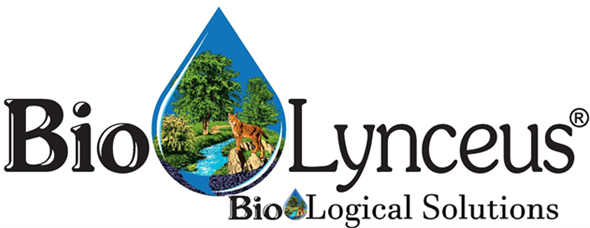One thing that is definite is understanding of when water temperatures get cold your bugs may not be so happy.
One thing that has continued to show up year after year for the last 25 years in the environmental business, especially the wastewater industry, is the idea that you need different bugs in winter than in summer. Although I would be one of the first to agree that temperature does affect how bacteria work and how fast they work, I am not one to recommend winter and summer bugs.
We all know that nitrogen bugs like water temperatures over 40 degrees and do their best work at around 77 degrees. Phosphorous accumulators reportedly quit cell dividing at temperatures above 68 degrees and become less effective.
There are many reasons for my reluctance, but most stem from the practices I have seen used over the last 25 years by some salespeople to get you to buy more than one container of bugs. I have seen summer bugs, winter bugs, grease bugs, sludge bugs, collection line bugs, grease interceptor/trap bugs, and lift station bugs. And the list goes on.
Sometimes this myriad of formulas are all offered by one company. Granted there are specific bugs for specific situations, like petroleum hydrocarbon remediation, but you as the consumer need to understand what you are buying.
Recently, in Wyoming, a salesperson told the operator at a municipality that they should be using his winter/cold weather bugs because his label did not say “DO NOT FREEZE” like his competitor! And in his opinion, because the “do not freeze” statement was on the label it meant that the product did not perform in cold weather.
In reality, I know most of you are aware of what happens when you freeze a container that is full of liquid! The container breaks and when the liquid thaws, it will run out on the floor. Also, many bacteria may not survive when they are frozen solid. Our experience has shown that you can lose between 75 and 85 percent of the bug diversity and populations when bacteria solutions are frozen solid or dehydrated.
Do your bugs need hats, coats, gloves, and long underwear? Not really, but you need to be aware that your bacteria will perform differently when temperatures change. Due to these changes in efficacy, you should consider bioaugmenting your system year round, but most definitely in the colder months. Now the question arises, is the use of cold-weather bugs being driven by ambient or water temperatures.
If it is ambient temperatures that make the determination, then in places like the Rocky Mountain West, you could be adding cold weather bugs one day and warm weather bugs the next. If it is water temperature that drives the use of cold weather or warm weather bugs, then you will have to monitor your water temperatures daily before deciding which formula to use.
And at what depth of your system do you need to know the temperature? Do you need to know the surface temperature or the sludge layer temperature? Or do you need both? In my opinion, you would need to know the temperature at the bottom, where most of the activity is occurring during the winter.
Over the years I have been on many lagoons that were showing biological activity even when they were completely iced over. We have seen gas bubbles bumping up against the ice which is one indication you may be getting biodegradation of contaminants, such as nitrogen compounds. As long as your system does not freeze solid to the bottom, then some of your bacteria will survive.
They may be dormant and may need to be jump-started in the spring with the addition of bioaugmentation or biostimulation processes. When the temperatures get cold bacteria will do what we humans do, sit on the couch in front of the fire, drinking hot chocolate, and watch the game.
A reminder for you is this: there is a significant difference between bioaugmentation and biostimulation. Remember the difference is bioaugmentation is the addition of live biological colonies to your system to improve populations. Adding live bacteria makes sense, because at certain times of the year your bacteria populations will change due to many environmental challenges.
Challenges like, not enough food, bacteria have died from some contamination, temperature, pH, no oxygen, too much oxygen, your system gets a toxic hit and the list goes on. Biostimulation is the addition of food sources to your system to keep the bugs supplied with the food they prefer or need.
All this being said, I highly recommend having a supply of bacteria on-site, for when you will need it to either restart your plant or supplement the bacteria you either do not have or do not have enough of to get the job done.
And remember if you are going to add bugs, I always recommend only live bugs in a liquid solution. Contact us if you need more information on good bugs and not so good bugs.
If you need more information or have any questions contact, Rick Allen, 970-586-3391 or rick@biolynceus.net. ©BioLynceus, 2018
